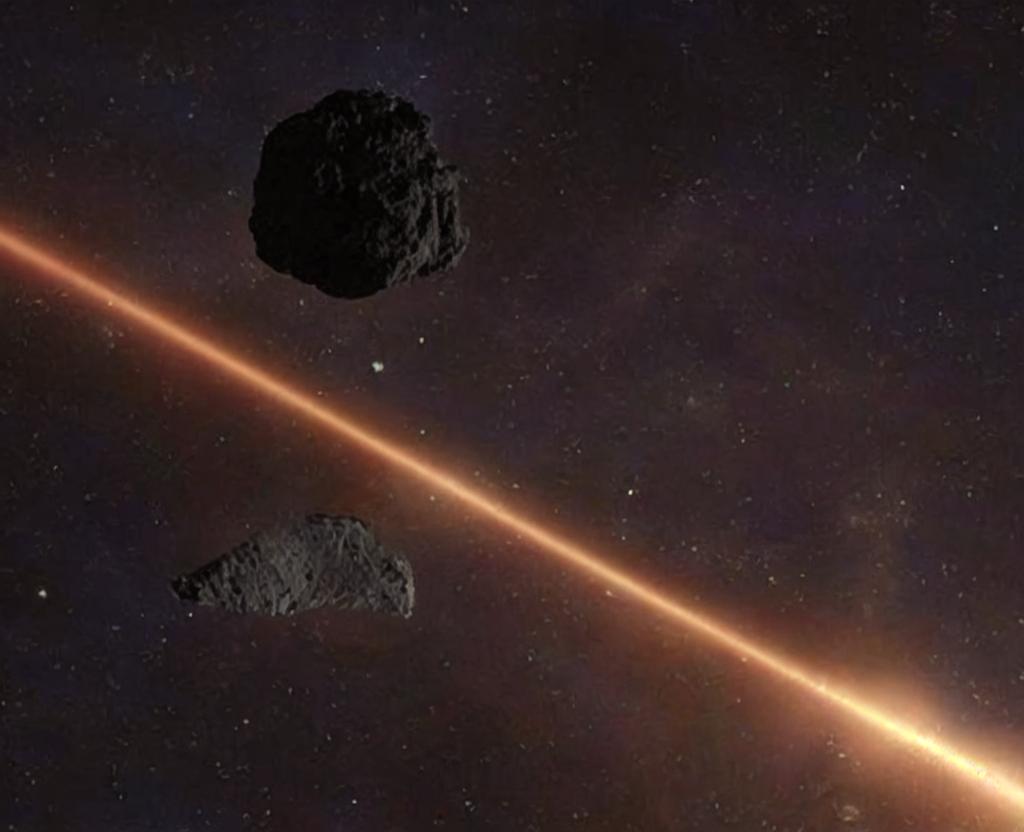
From a national perspective, many of us face a near miss here and there every day. a national view On March 23rd, the entire Earth was struck by a near miss when a massive asteroid (4581 Asclepius) nearly struck us in 1989. The day 4581 Asclepius flocked right on by, ascension National Near Miss Day commemorates.
On March 22-23, 1989, a mountain-sized asteroid came within 500,000 miles of colliding with the earth on March 22-23, 1989. "On the cosmic scale of things, it was a close call," said Dr. Henry Holt. According to geophysicists, a collision with Asclepius would produce electricity comparable to that of a 600 megaton nuclear bomb explosion. On our planet, a collision would have had catastrophic consequences. On March 31, 1989, the asteroid's closest approach to Earth was discovered by scientists on March 31, 1989 – nine days after the asteroid's closest approach to Earth.
Near misses have occurred on an irregular basis. There have been other near misses that have occurred on a regular basis.
How to celebrate #nationalnearmissday. nearmissdaycom
- Have you ever had a near-miss? This may be the day to tell the tale
- By visiting the NASA website, you can explore asteroids up close and personal
- Stories about near misses. Write it out or post a video. You can also post a story
- Learn about other near misses or not so near misses by visiting the following links. Ann Hodges, the one known human to have been struck by a meteorite, like the one known human to have been struck by a meteorite
- Watch videos about asteroids, meteors, and meteorites, like the one below
- On social media, use the hashtag #NationalNearMissDay to post
Near miss day events have dominated national near miss day celebrations in recent history.
Although the source of the observance is obvious, the day's observance is almost unknown from our records. The source of the observance is also unknown. However, we suspect the individual to be a sort of celebrity gazer.
Near miss FAQ
Q. How often do asteroids strike the Earth?
A. Large asteroids don't strike the Earth very often. In fact, most of the Earth's atmosphere before striking the Earth, resulting in unexpected meteor showers. During the Cretaceous-Paleogene extinction millions of years ago, the last major asteroid to strike the Earth's surface occurred millions of years ago.
Q. What kind of scientist investigates asteroids?
A. An astronomer from A. An astronomer investigates asteroids, comets, galaxies, moons, planets, stars, and other space objects.







